
Study Suggests Europe’s Medieval Ivory Came From Greenland
News August 9, 2018

(Photograph courtesy of Musées du Mans)
SHARE:
Recommended Articles
Artifacts July/August 2025
Maya Ceramic Figurine
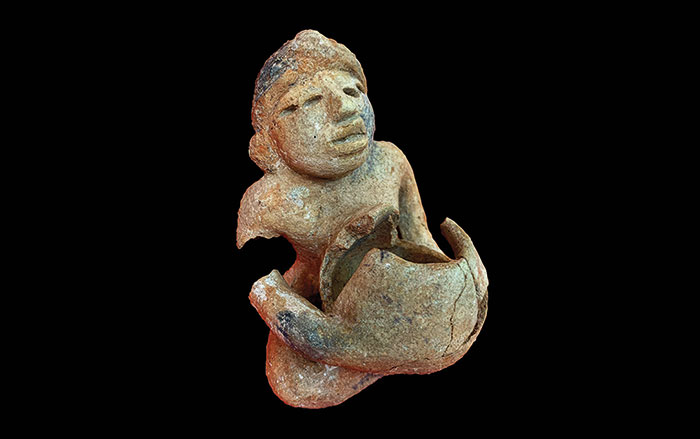
Courtesy Ken Seligson
Off the Grid July/August 2025
Vichama, Peru
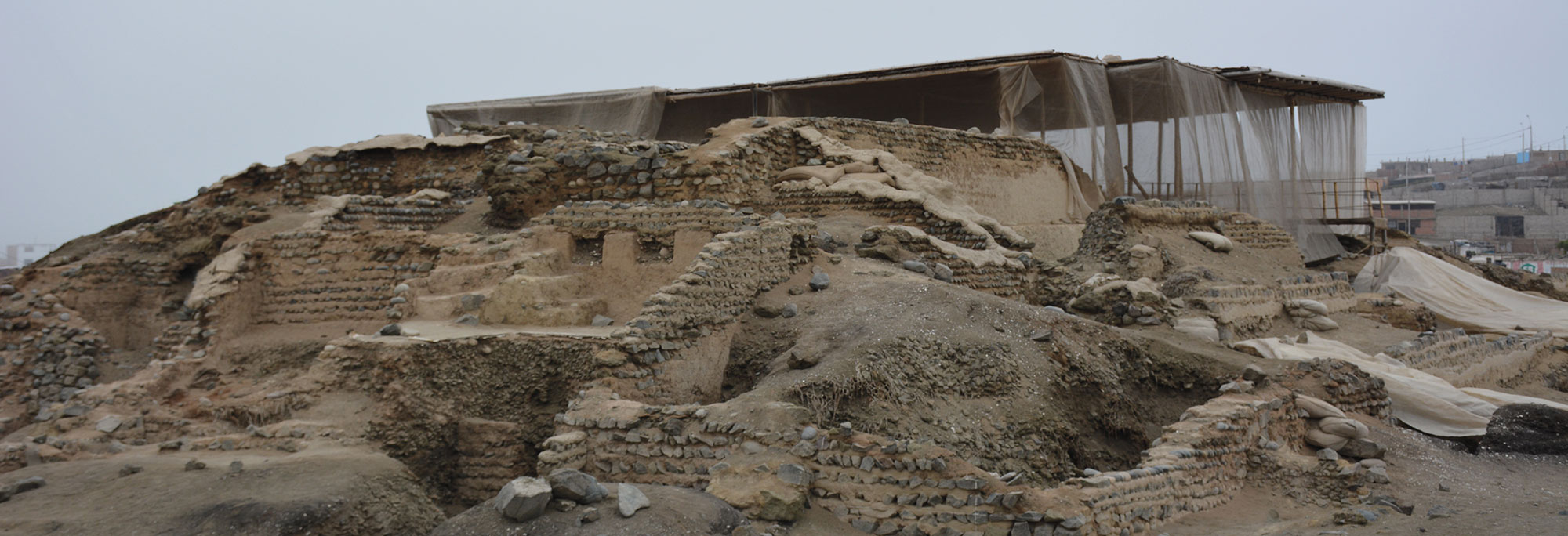
Lisa Trever
Digs & Discoveries July/August 2025
Bound for Heaven
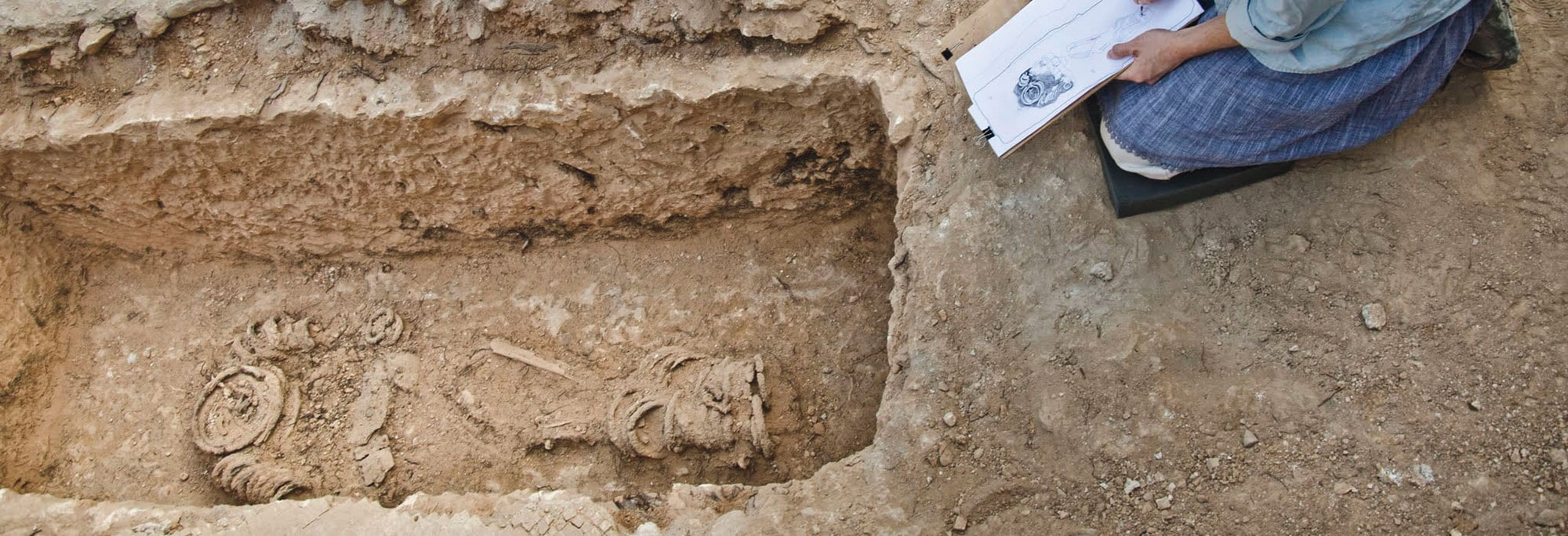
Yoli Schwartz, Israel Antiquities Authority
Digs & Discoveries July/August 2025
Saints Alive
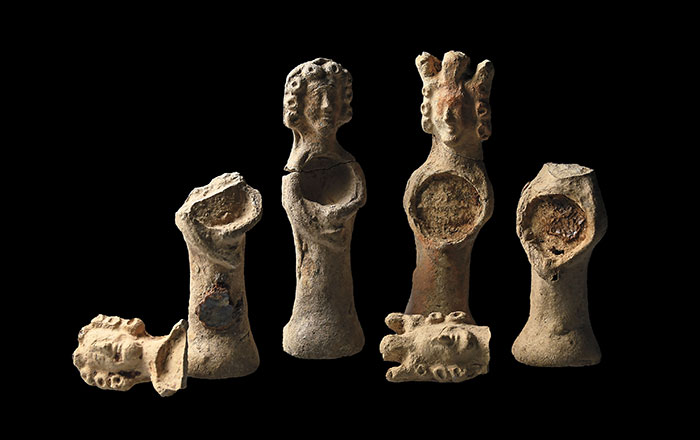
Berlin State Monument Office, Julia-Marlen Schiefelbein
-
Features July/August 2018
The City at the Beginning of the World
The only Maya city with an urban grid may embody a creation myth
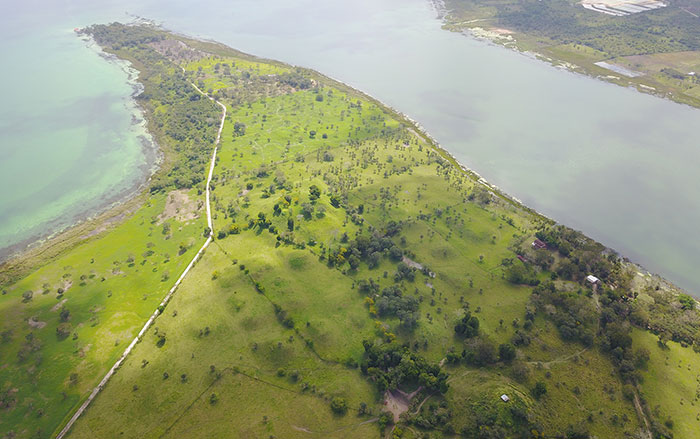 (Courtesy Timothy Pugh/Itza Archaeological Project)
(Courtesy Timothy Pugh/Itza Archaeological Project) -
Letter from England July/August 2018
Inside the Anarchy
Archaeologists explore the landscape of England’s first civil war
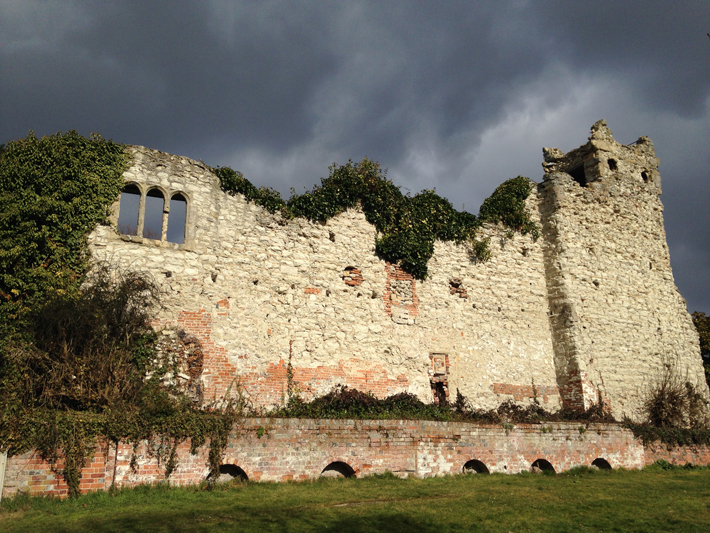 (Kate Ravilious)
(Kate Ravilious) -
Artifacts July/August 2018
Roman Boxing Gloves
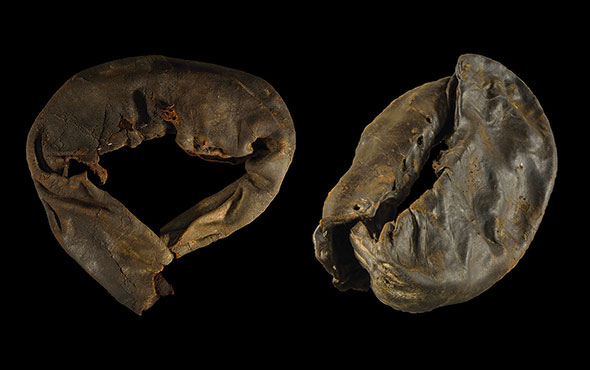 (Courtesy Vindolanda Trust)
(Courtesy Vindolanda Trust) -
Digs & Discoveries July/August 2018
Sun Storm
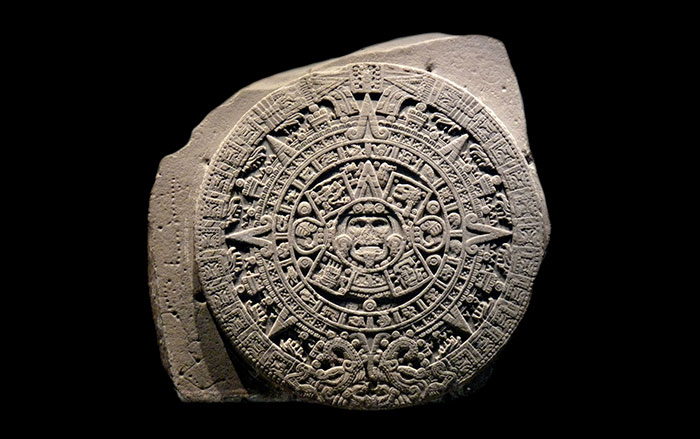 (Universal History Archive/UIG via Getty Images)
(Universal History Archive/UIG via Getty Images)



